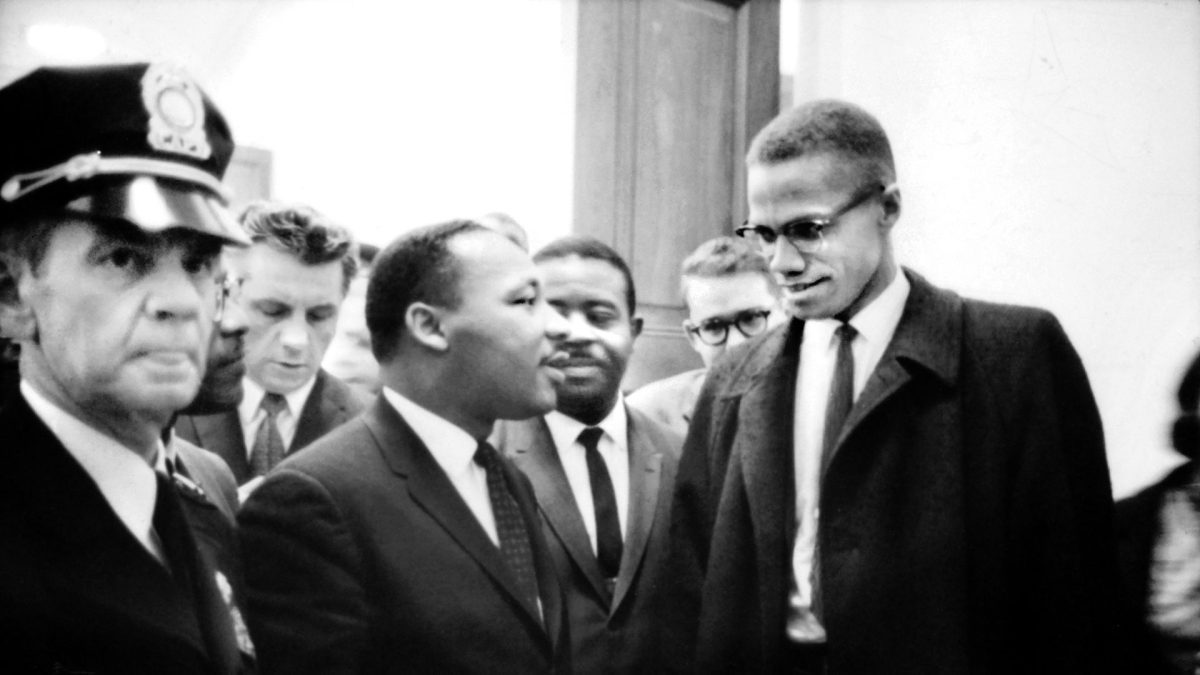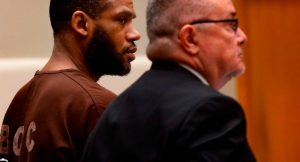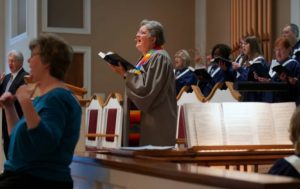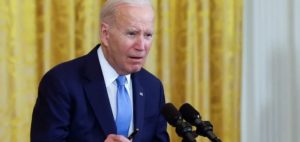
Washington, D.C. has always been populated by Black Americans. They would also travel to the nation’s capital to demand the fulfillment of constitutional guarantees, such as equal treatment and civil rights.
From the perspective of the camera: These images depict the significance of Washington in Black history, from the meeting of former slaves with presidents through moments of triumph.
On October 17, 1901, President Teddy Roosevelt and Booker T. Washington had dinner in the White House.
More than 3,000 Black demonstrators, carrying signs urging a stop to lynching, join a protest on the streets of Washington, D.C., on June 24, 1922.Singer and actor Paul Robeson stands before the statue of Abraham Lincoln at the Lincoln Memorial, where he later read the Emancipation Proclamation, on Sept. 24, 1946.President John F. Kennedy signs a bill making abolitionist Frederick Douglass’ D.C. home a part of the National Capital Parks system and a national monument.Richard Perry Loving, a white construction worker, and his wife, Mildred, in Washington, D.C., after the Supreme Court overturned state laws banning interracial marriages, June 12, 1967. The Lovings were plaintiffs in the landmark case.
A Negro League game between the home team Homestead Grays versus the New York Black Yankees at Griffith Stadium, Washington D.C., 1940. Running to first is Hall of Famer Buck Leonard. The first baseman is James Stark.
Women from North Carolina, including civil rights leader Mary McLeod Bethune, at a meeting of the National Council of Negro Women, Washington D.C., October 1949.






